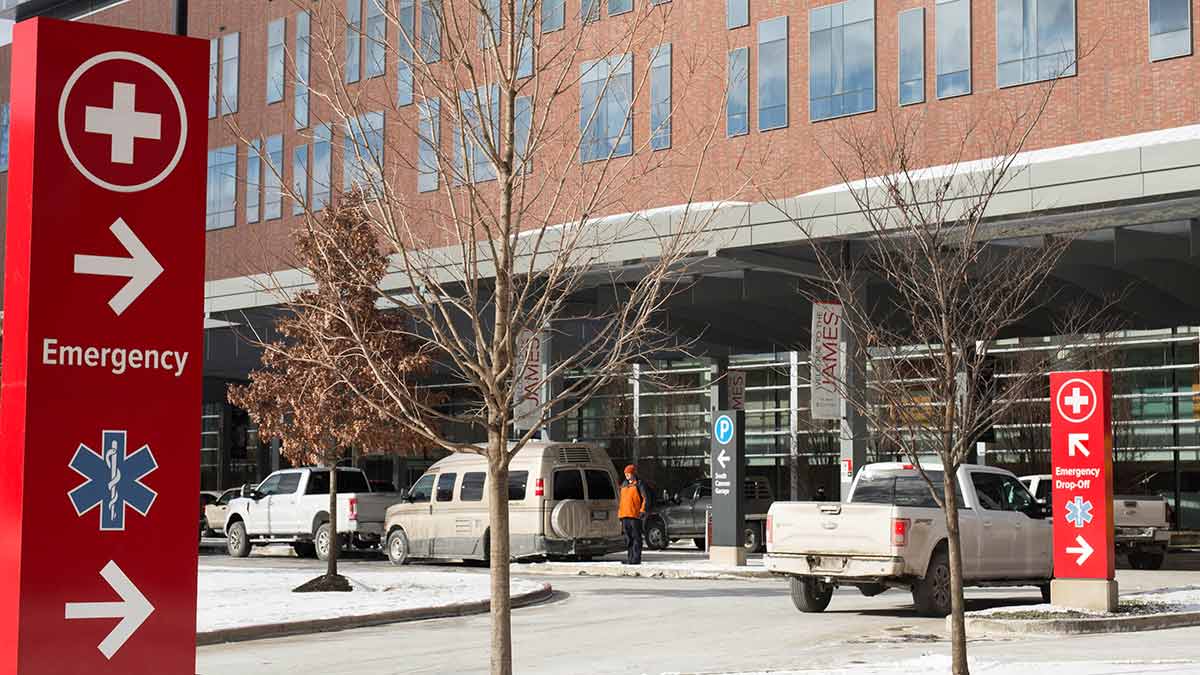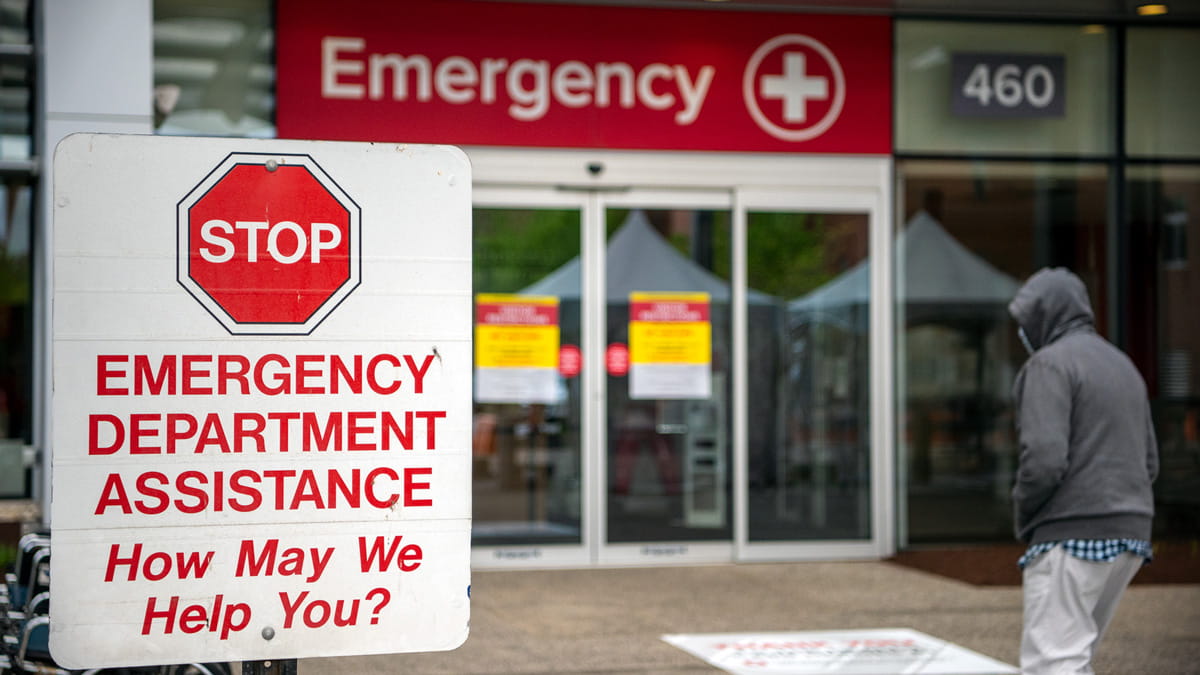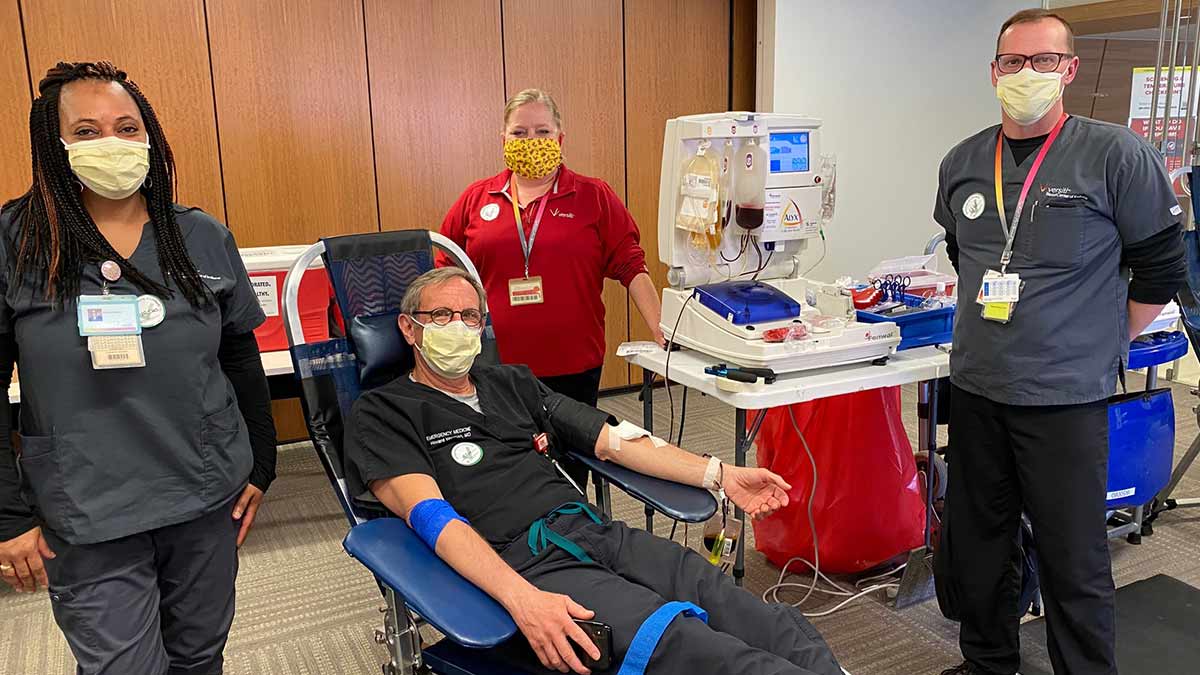How do you treat a bee sting? Depends on severity

One of the downsides of summer is the isolated, piercing pain of a bee sting.
Sure, bees give us honey and beeswax, and pollinate our gardens. But when a member of one of the 20,000 known species of bees decides to sink its stinger into you, you want relief, and quickly.
Most been stings elicit local reactions that don’t require a doctor’s treatment. The affected area is a little less than 1 centimeter, much like a mosquito bite. The inflammation and tenderness goes away in a day or so.
Some people successfully deal with stings by treating the area of the sting with baking soda, honey, a wet aspirin tablet, even toothpaste.
Some people successfully deal with stings by treating the area of the sting with baking soda, honey, a wet aspirin tablet, even toothpaste.
I recommend cleaning the sting area with soap and water, and you might want to use an over-the-counter antihistamine such as Zyrtec or Claritin to reduce itching and swelling.
But in some cases, a visit to your doctor is warranted. Let’s talk about those for a moment.
We see bee-sting patients when there is a large, local reaction, usually 10 centimeters in diameter or more. This type of abrasion would be accompanied by significant swelling that wouldn’t resolve itself within 48 hours. In fact, it might continue to blossom larger.
We can manage this type of reaction with the same type of treatments as in a less volatile reaction: ice, an antihistamine like Zyrtec or Claritin and cold compress. I also might recommend anti-inflammatory drugs, Ibuprofen or prescription oral steroids.
Another reason to see your doctor is if there is infection at the site of the sting. Now, this is a rare occurrence, but we do see it from time to time. Yellow jacket stings and fire ant attacks tend to lead to infections more often than bee stings. You might need antibiotics if this infection happens to you.
In the third and worst-case scenario, you might be severely allergic to bee stings. You will start to flush, you’ll become lightheaded, and there will be swelling in your throat. It might feel like your throat is closing up.
These are signs of anaphylaxis, an acute allergic reaction to an antigen to which the body has become hypersensitive. This happens to only about 3-4 percent of the population. Many people don’t know they’re among them. But if you have this type of reaction to a bee sting, go to your local emergency room immediately and seek treatment. A patient would then follow up later with a family doctor, primary care doctor or allergist.
Usually, the first time having this type of reaction is less severe than the second time. So during your followup, you would make sure to leave with an EpiPen, an epinephrine auto-injector. You’d need this device to arm yourself for a reaction, because our bodies react more severely the more times stings occur, and it’s not in a good way. Better to be safe than sorry.
Dr. Seuli Brill specializes in internal medicine and pediatrics at The Ohio State University Wexner Medical Center, and enjoys taking care of patients throughout their lifespan.




